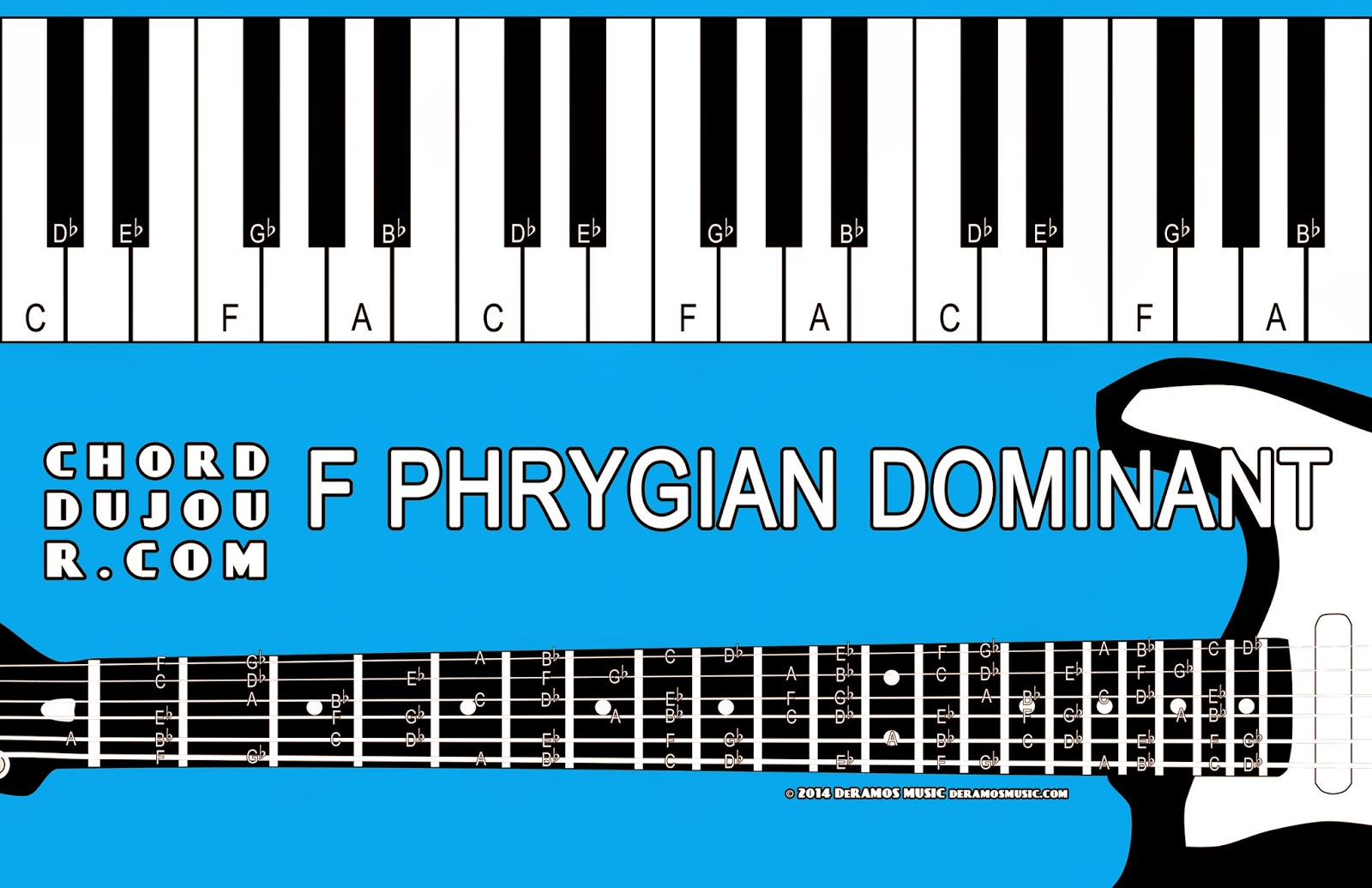

- #REVERSE CHORD DICTIONARY PIANO HOW TO#
- #REVERSE CHORD DICTIONARY PIANO FULL#
Finally, sing or hum the melody of the piece you picked, playing the chords at the right words! How To Play Chord Piano. Then, practice the chords in the order of the song until fluent. Next, write those chord names on a piece of paper and practice only the different chords until you know them well. Study the piano chords chart and learn the patterns (how they look) of the chords you'll be using. Highlight the different chords that are used- it might seem like there are a lot, but usually, there are only a few chords or a specific chord progression. Tip: You can also use anything written for guitar with chord tabs since the chord names for piano are the same. First, pick a piece with chord markings and melody, or just lyrics and chords. Tip: A chord book is a useful tool when you start learning about chords. This is a 7th chord in the "root" position: Starting from the root (red), the third (blue), the fifth (green), and the seventh (yellow). It has a root, a third, a fifth, and a seventh. The Augmented Triad is built from only major thirds it also has an "unresolved" sound. For example, it is written: D dim (Root=D, diminished chord). That is why it is often referred to as a Dominant 7th chord with no root. This gives the chord a sound like it really wants to go somewhere, to be resolved somehow. The Diminished Triad is made from only minor thirds. It is written for ex.: Am (Root=A, minor chord). This gives the sound of "minor" a more "sad," "darker" sound. The Minor Triad is built with a minor third and, on top, a major third. It is written for ex.: E (Root=E, major chord). The Major Triad (a three-note chord) is made of a major third and, on top, a minor third this creates the specific sound of "major" a "happier," "lighter" sound. Whether you are a beginner or a professional, Chord analyser] will allow you to better understand the American chord notation and to enrich your playing. More instruments: 7-string guitar, Ukulele, 5-string Banjo, Violin, Mandolin, etc. Real-time audio transcription of chords Smart" detection of the most appropriate chord notation 
Algorithmically calculated chord positions for guitar and banjo. Complete dictionary for Piano, Guitar & Banjo Chord detection for Piano, Guitar and Banjo in all positions and inversions. Over 3,500 chords recognized, from the simplest to the most complex works with open tunings! Don't be afraid to retune your instruments because you won't be able to find the positions of all your chords quickly.Īlso enjoy a piano-guitar interface to efficiently exchange between guitarists and pianists on original or complex chords.
#REVERSE CHORD DICTIONARY PIANO FULL#
In the full version, the application proposes to extend this intelligent and interactive chord dictionary system to more exotic instruments (7-string guitar, Ukulele, mandolin, banjo, violin.), offers to bookmarks your favorite chords in order to work them later and above all. Listen to them, play them, modify them directly on the application and make the best choice for your compositions or interpretations! Thanks to a powerful algorithm, the application is not limited to known positions and offers many more suggestions than the classic chord dictionaries. Also choose a chord from the dictionary to see all the positions that can be played on the guitar or banjo. Press the keys on the piano or the frets on the guitar, and the application will recognize the chord and indicate its most appropriate notation. If you don't know a chord on a score, if you're looking for the best notation for a composition, or if you're looking for an original position for a chord on the guitar (or on another stringed instrument), then Chord Analyzer is for you.Ĭhord Analyzer provides a bridge between stringed instruments (guitar, banjo, mandolin, ukulele, etc.), the piano and American chord notation. Chord Analyzer is an interactive, reverse chord finder.






 0 kommentar(er)
0 kommentar(er)
